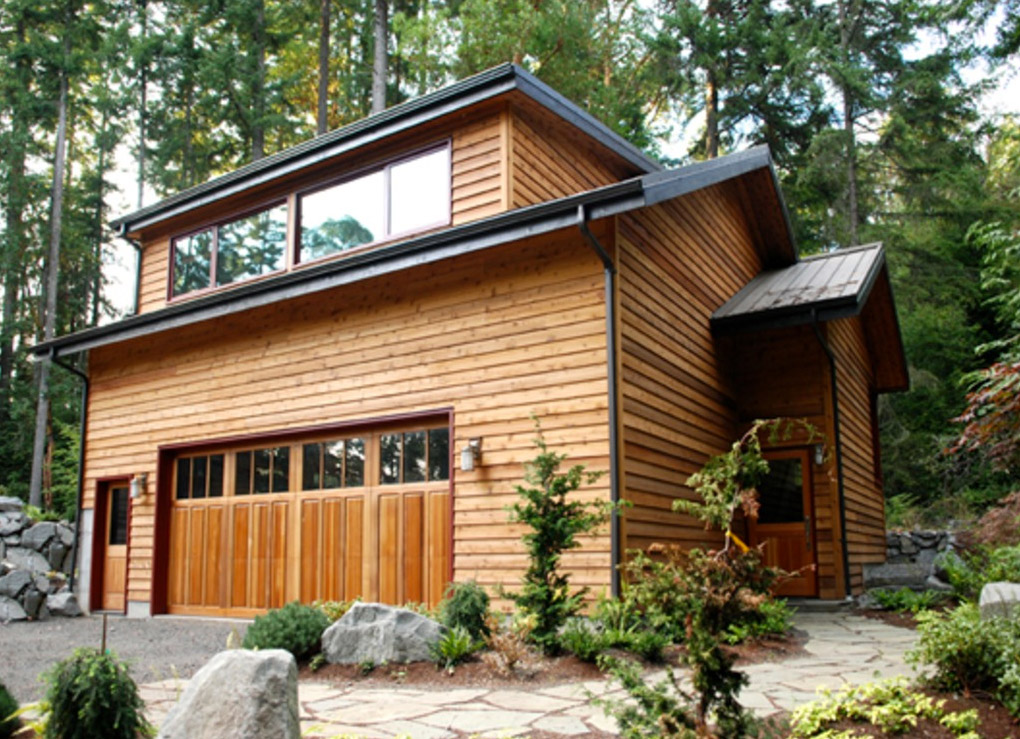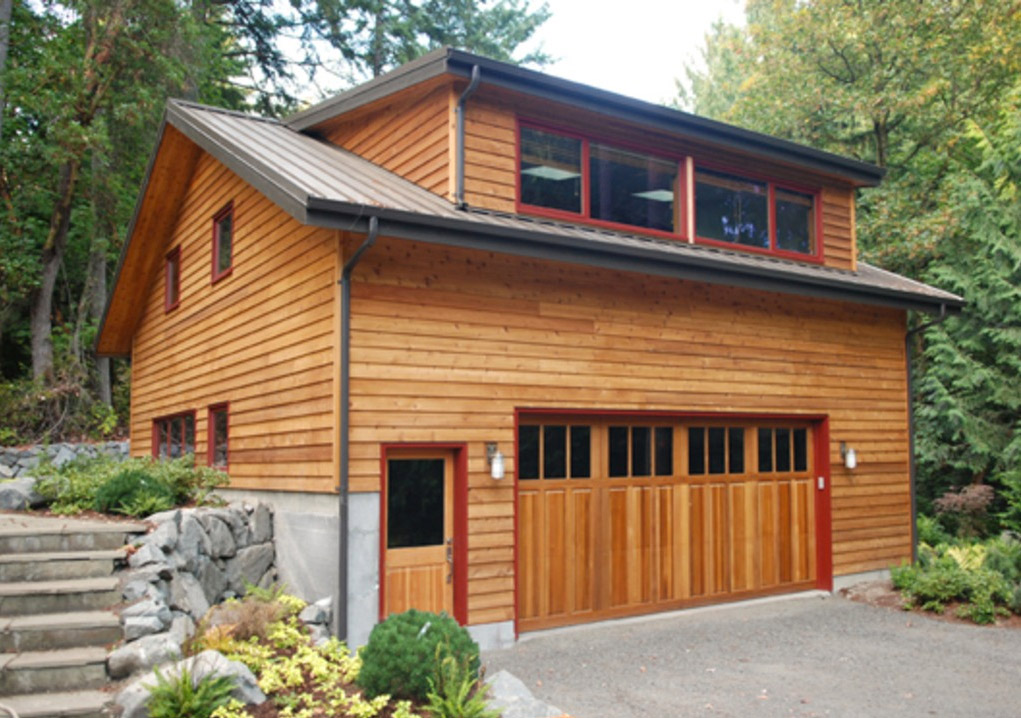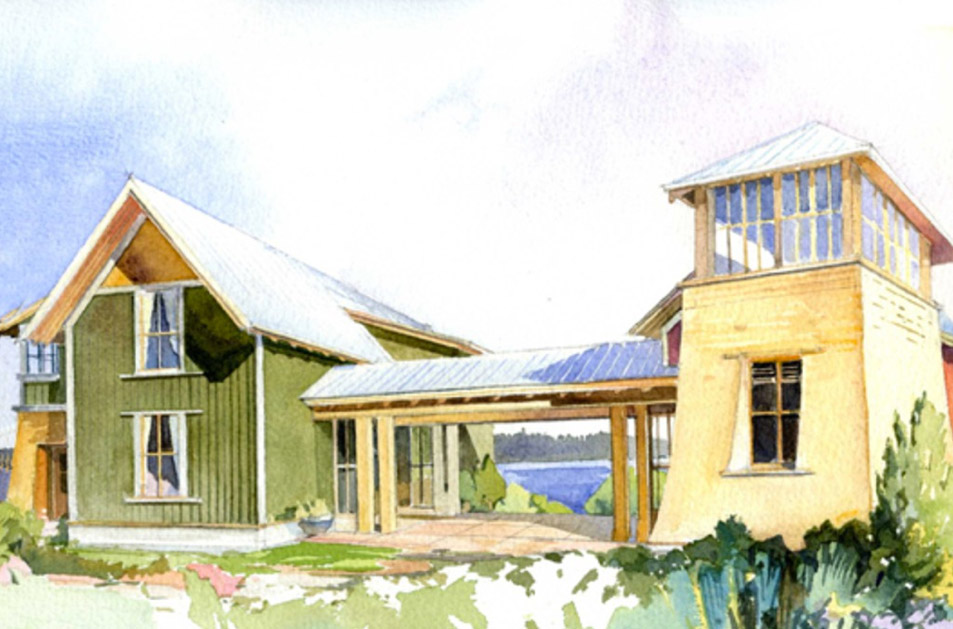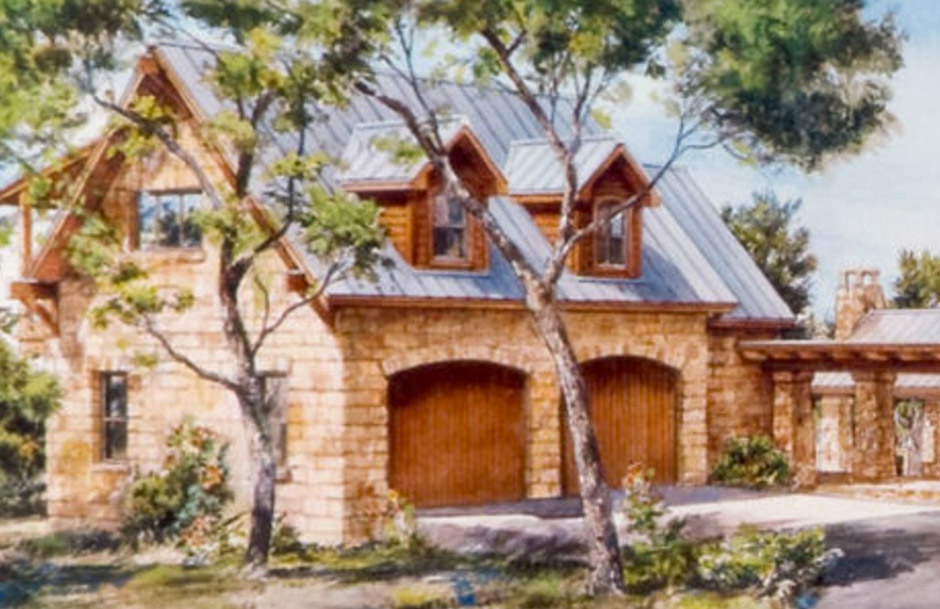Insulating Floors over Unheated Garages
Insulating any floors above your unheated garage will help reduce the energy costs for the above conditioned space.

Topic Summary
Before insulating or deciding whether to add insulation to these floors, first see our information about adding insulation to an existing house or selecting insulation for new home construction if you haven't already.
Insulation Techniques
When insulating floors over unconditioned garages, use the following techniques:
- Seal the joint between the header or band joist and the subfloor
- Seal the joint between the top or sill plate and the header joist
- Seal all air leakage sites in the floor (e.g., electrical penetrations)
- Trim insulation to fit snugly with no gaps
- Staple the kraft paper to the floor joist from above instead of using wire mesh or stay wires to hold the insulation in place
- Install an air barrier to prevent cold air in the garage from "short circuiting" the insulation underneath the subfloor
Insulation Techniques for Cathedral Ceilings
Cathedral ceilings must provide space between the roof deck and ceiling for adequate insulation and ventilation. This space can be achieved through the use of truss joists, scissor truss framing, or sufficiently large rafters. For example, cathedral ceilings built with 2x12 rafters have space for standard 10-inch batts with R-values of R-30 and ventilation.
Foil-faced batt insulation is often used in cathedral ceilings because it has a 0.5 perm rating, providing the permeability rating often required for use in ceilings without attic spaces. A vent baffle should be installed between the insulation and the roof decking to maintain the ventilation channel.
If roof framing provides insufficient space for required insulation, higher insulation values can be obtained. You can attach furring strips, which allow additional insulation to be installed, to the underside of the rafters using high-density batts (high-density R-30 batts are as thick as R-25 batts and fit into 2x10 framing). Or you can add rigid foam insulation under the rafters. Rigid foam insulation offers a resistance to thermal bridging through wood rafters. However, rigid foam insulation must be covered with a fire-rated material when used on the interior of a building. Half-inch drywall usually complies, but check with local building codes to be sure.
Article source: The U.S. Department of Energy’s Office of Energy Efficiency and Renewable Energy (EERE). For the most up-to-date information please visit the EERE website.








